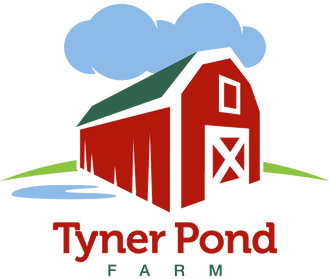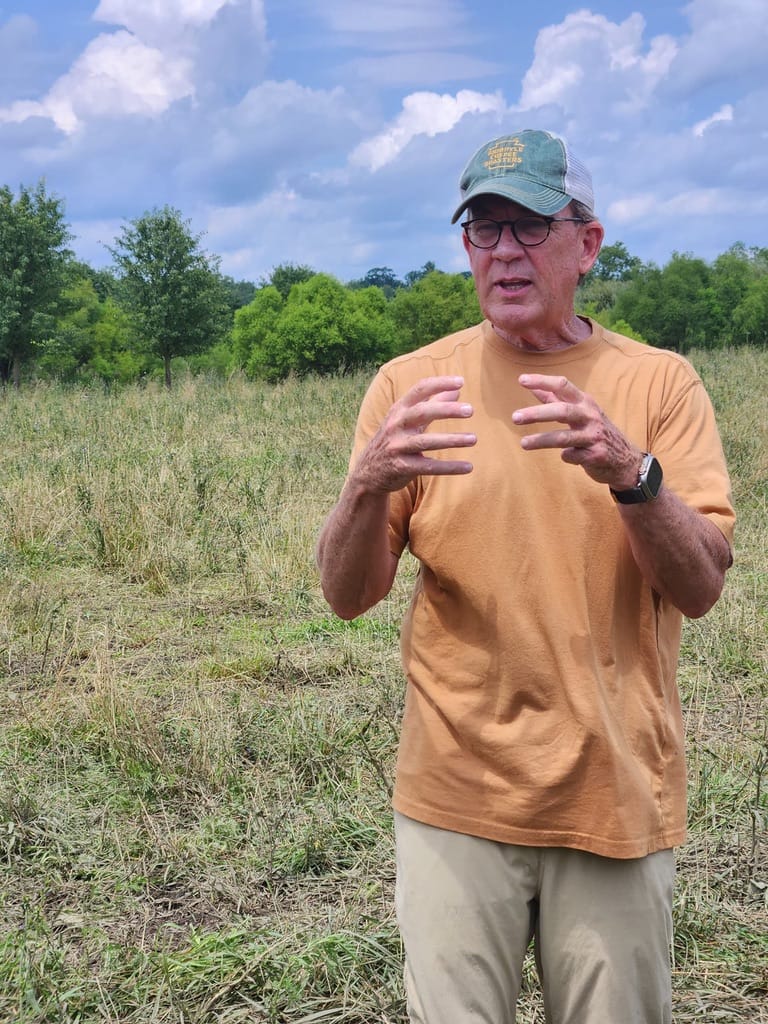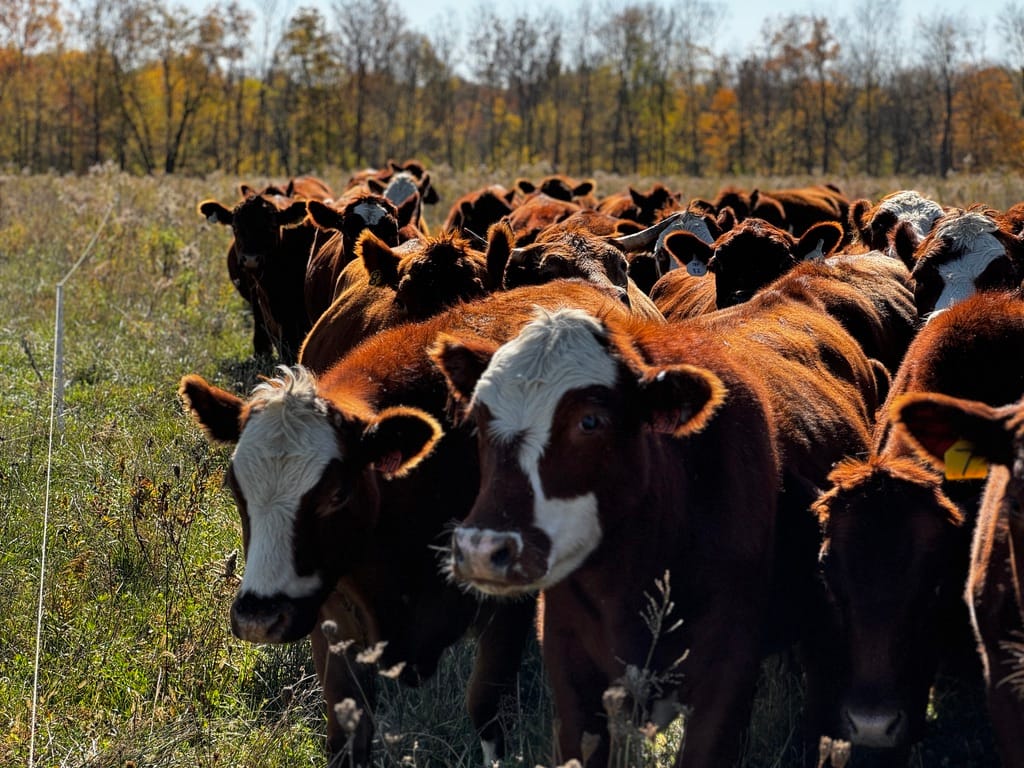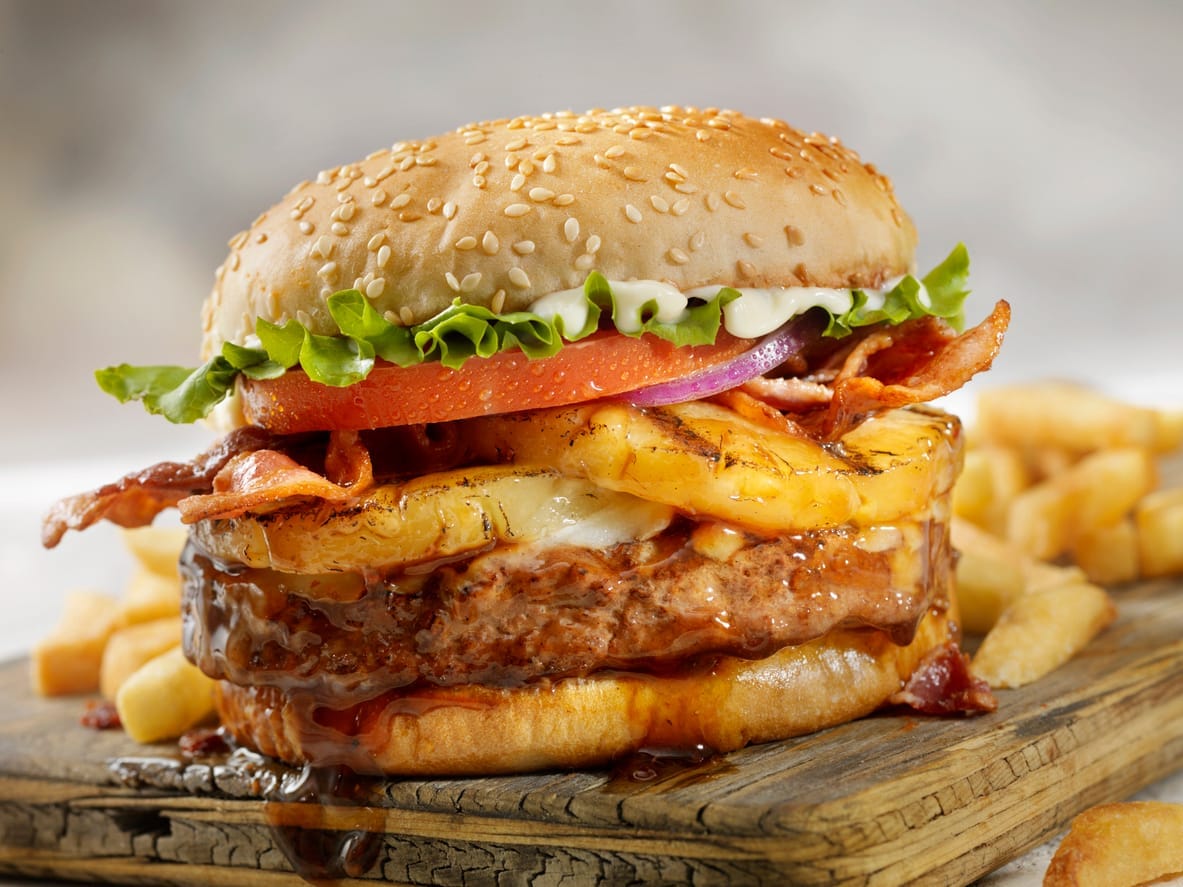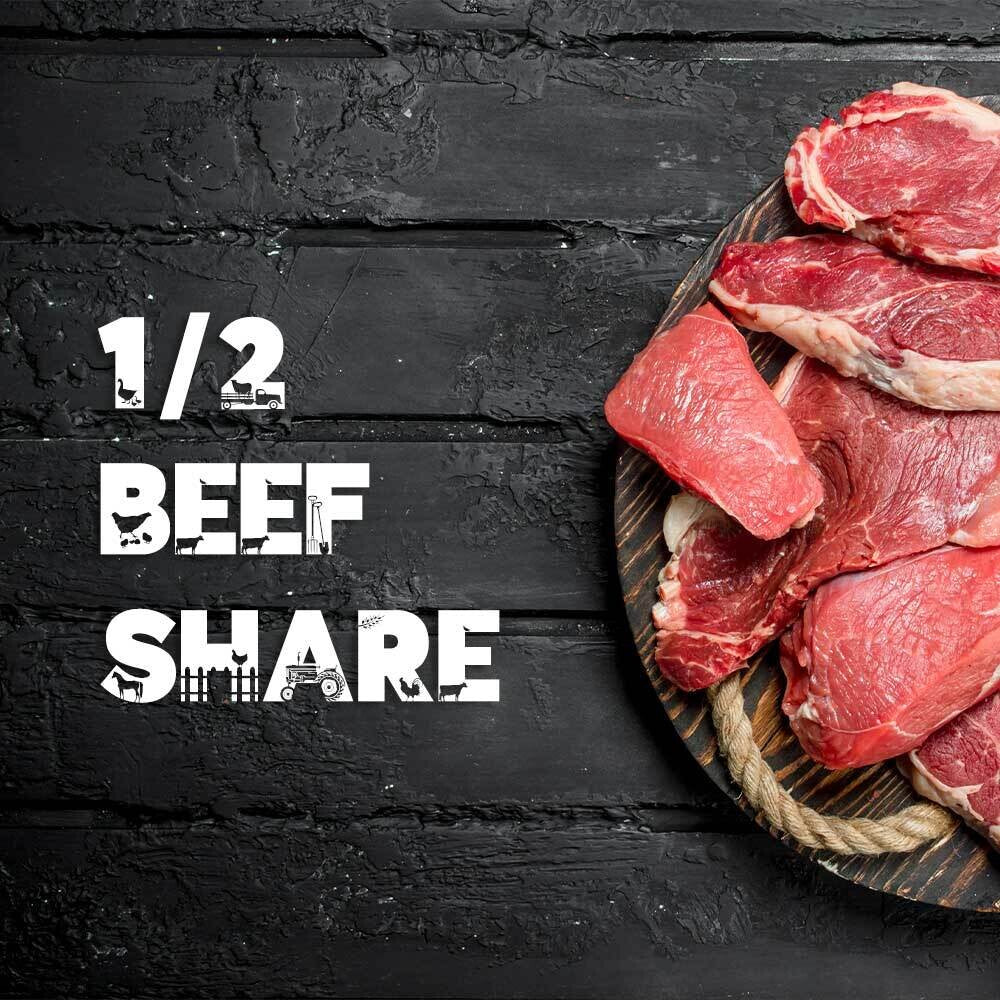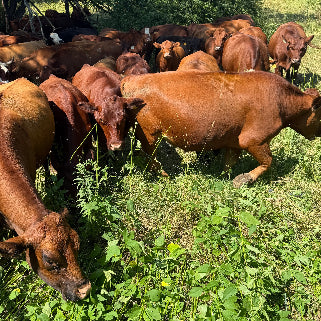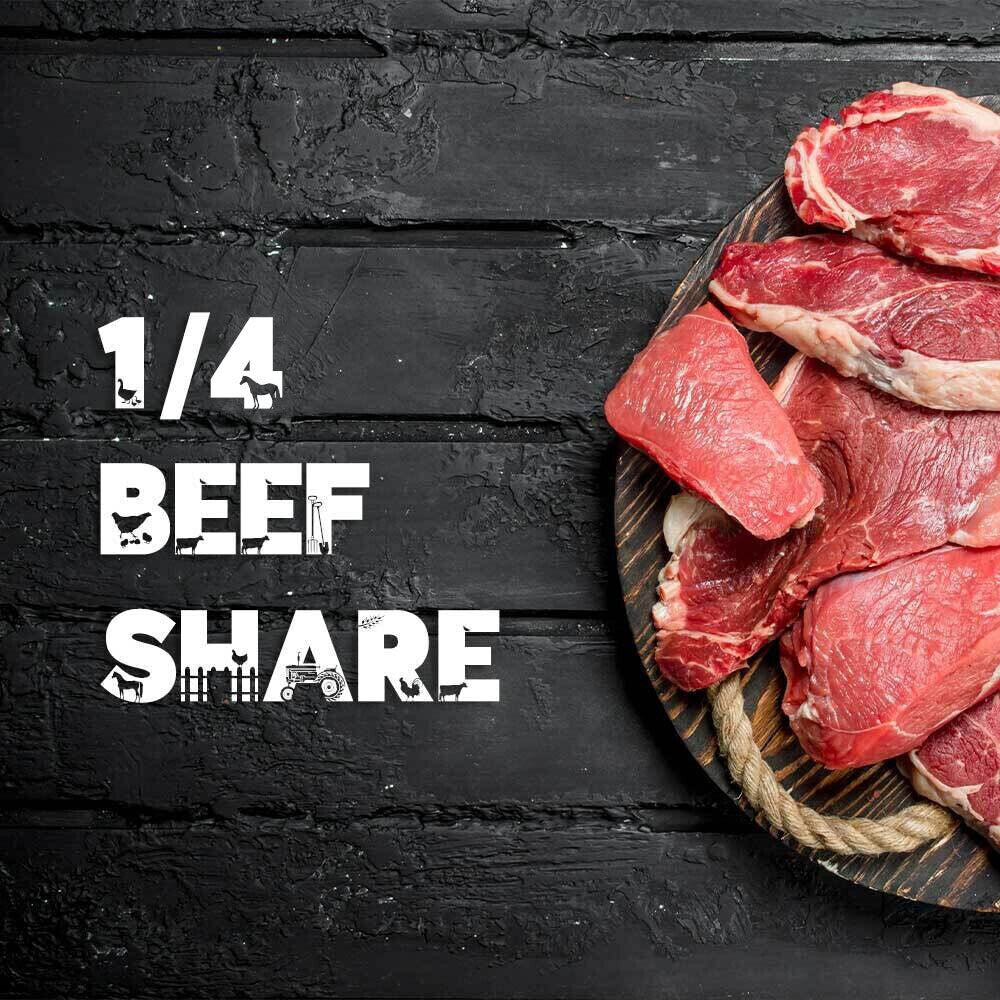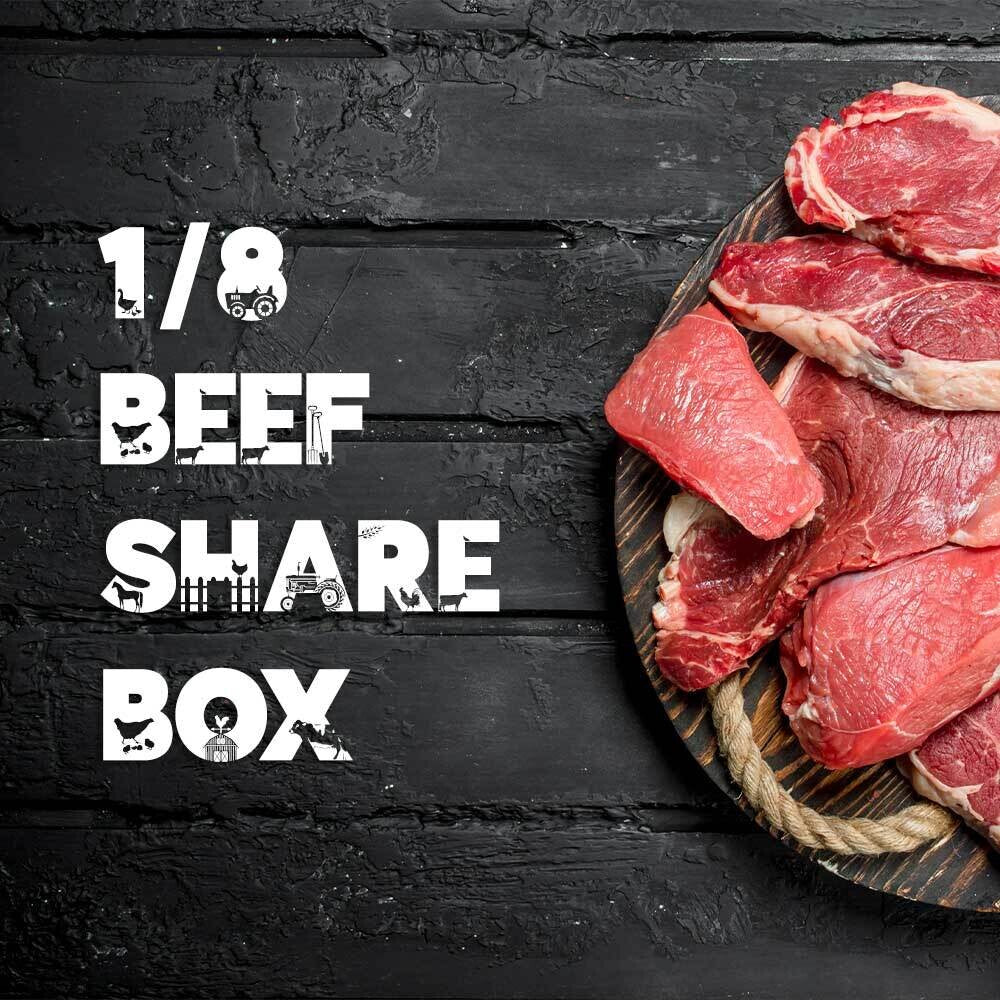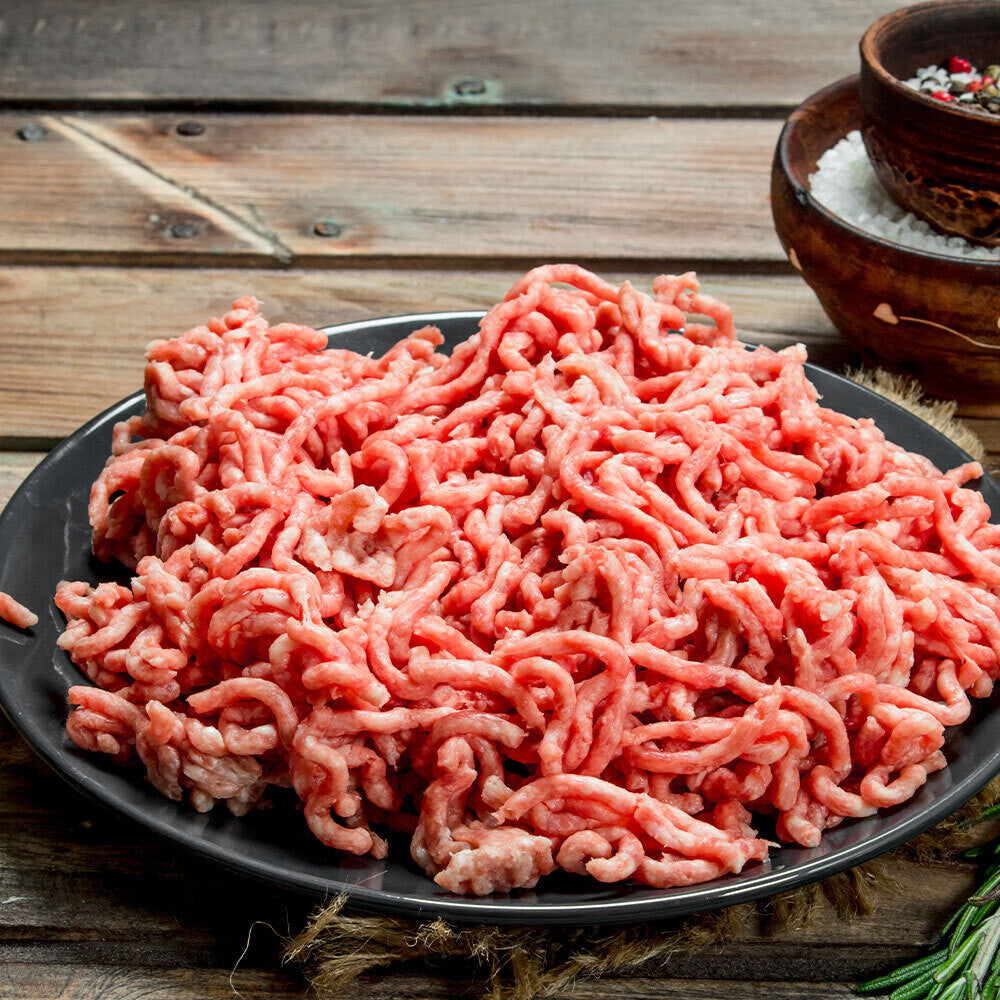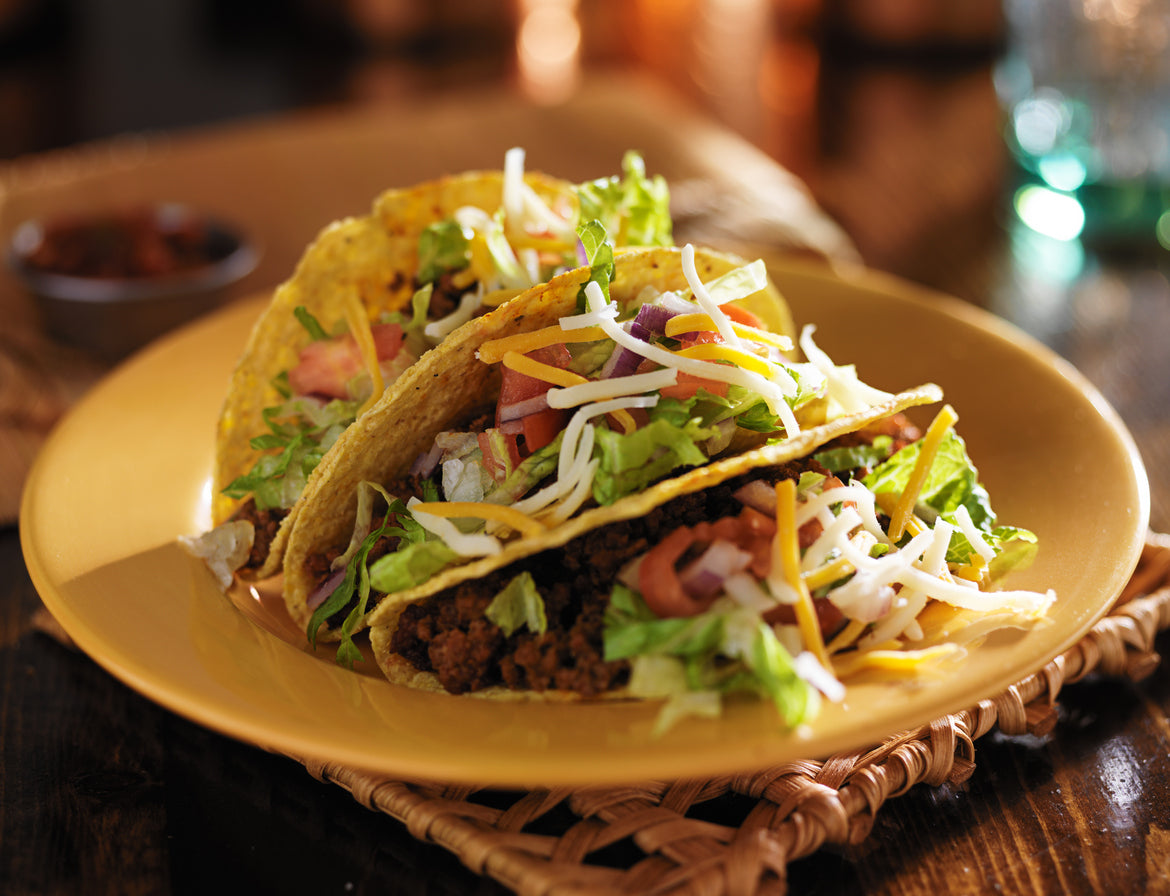
The Illusion of Choice: The Truth About Supermarket Meat
The Illusion of Choice: Unraveling the Meat Industry
The next time you find yourself in the grocery store meat aisle, take a moment amidst the variety of cuts and labels. It might seem like your options are abundant, but the reality is often far less diverse. A handful of large corporations hold significant influence over our meat supply. This consolidation of power raises questions about how our food is raised, its environmental impact, and the choices truly available to us as consumers.The Meat Matrix
Did you know that just four corporations control over 80% of the beef sold in the United States? That seemingly endless meat aisle in the supermarket might not offer as much choice as you think. It's easy to feel empowered by the sheer variety of packages and labels. But behind the marketing lies a surprising truth: much of the meat we buy comes from a handful of massive companies that dictate how our food is raised and processed. The abundance of brands and choices we see in the grocery store meat aisle creates a false sense of diversity. In reality, a concentrated system controlled by a small number of corporations undermines true consumer choice, conceals the true origins of our food, and compromises the environmental sustainability, ethical standards, and even the security of our food system.Behind the Curtain: How Corporations Control Our Meat
The dazzling variety of meat in the supermarket disguises a shocking truth: a few powerful corporations dominate the industry. In the beef sector, names like Tyson Foods, Cargill, JBS, and National Beef Packing Company control the vast majority of the market. [1] These aren't simply big companies – they are massive conglomerates with immense influence over our food system. These corporations employ a strategy of globalized vertical integration. This means they own or control nearly every step of the beef production process:- Breeding and Ranching: Often contracting with ranchers to raise cattle according to their specifications, or owning vast feedlots where cattle are fattened before slaughter. The percentage of these ranches that are in Countries like Brazil is skyrocketing.
- Slaughter and Processing: Operating massive, industrial-scale slaughterhouses and processing plants where meat is packaged and prepared for distribution.
- Marketing and Distribution: Controlling transportation, branding, and relationships with major grocery chains, dictating which products ultimately reach consumers.
Consequences of Consolidation
This consolidation of the meat industry has far-reaching consequences: Limited Farmer Choices: Independent farmers face dwindling options to sell their cattle, often forced to accept prices and terms set by these corporations.- Reduced Consumer Choice: The illusion of supermarket variety masks the reality that much of our meat originates from the same standardized system.
- Environmental and Ethical Concerns: This industrial model often prioritizes efficiency over sustainability, leading to issues like pollution, animal welfare concerns, and overuse of antibiotics.
- Food Security Risks: The concentration of power in a few hands creates vulnerabilities. During the COVID-19 pandemic, outbreaks at processing plants caused significant disruptions in the meat supply chain, highlighting the potential for shortages and price hikes when a single point of failure occurs within a consolidated system.
The Illusion of Variety
 The Illusion of Choice
Step into the grocery store meat aisle, and you're bombarded with choices. Different cuts, various brands, and a barrage of eye-catching labels promising everything from "cheap" "all-natural" to "farm-raised." But behind this facade of diversity often lies a much simpler reality: many of these products originate from the same industrial system controlled by a handful of corporations whose primary goal is maximizing sales, not providing the best quality or most sustainable options.
The Illusion of Choice
Step into the grocery store meat aisle, and you're bombarded with choices. Different cuts, various brands, and a barrage of eye-catching labels promising everything from "cheap" "all-natural" to "farm-raised." But behind this facade of diversity often lies a much simpler reality: many of these products originate from the same industrial system controlled by a handful of corporations whose primary goal is maximizing sales, not providing the best quality or most sustainable options.
Unraveling the Illusion
Misleading Labels:
- "Natural": According to the USDA, this label simply means no artificial colors, flavors, or preservatives were added. It says nothing about how the animal was raised, fed, or treated.
- "Farm-Raised": This can be applied to animals confined in factory-like settings. Look for more specific labels like "pasture-raised" for meaningful distinctions.
- Strategic Branding: A single corporation can own multiple brands with seemingly distinct identities. For example, Tyson Foods owns brands like Jimmy Dean, Hillshire Farm, and Ball Park, creating an illusion of choice even though the products likely originate from a very similar system.
- Country-of-Origin Labeling (COOL): While COOL regulations aim for transparency, they can be exploited. Meat can be labeled as a "product of the USA" even if the animal was raised elsewhere, as long as the final processing or packaging happens in the United States. This can mislead consumers who want to support local farmers or make informed choices about where their food comes from. JBL (a Brazilian corporation) for example is one of the largest beef processor in the United States. They are also responsible for a 500% increase in Imported Brazilian beef. Because it is processed on U.S. soil, the product you buy in the Grocery store is able to be tamped "Product of the United States".
The Importance of Reading the Fine Print
- Look for specifics: Seek out labels with clear, verifiable standards from third-party organizations like "Certified Grassfed" or "Animal Welfare Approved."
- Know the origin: Pay attention to where the meat was processed, not just where it was packaged. A tiny label indicating the true source can be revealing. This can be difficult in a grocery store setting as pointed out above.
- Do your research: Be skeptical of feel-good claims. Reputable companies and farms welcome transparency about their practices.
The Hidden Costs
The illusion of cheap, readily available meat in the supermarket obscures a troubling reality. The industrial model of meat production comes with severe costs that are often passed on to the environment, animals, and even our own health.Environmental Impact
- Pollution: Factory farms generate massive amounts of animal waste, contaminating air and waterways with excess nutrients, pathogens, and chemicals.
- Resource Depletion: Industrial livestock production consumes vast amounts of water, contributes to deforestation for feed crops, and relies heavily on fossil fuels for transportation and processing.
Animal Welfare Concerns
- Confinement: Animals in industrial operations are often crammed into overcrowded buildings or feedlots, deprived of natural behaviors and sunlight.
- Mutilations: Routine practices like beak trimming (chickens) or tail docking (pigs) are performed because stressed animals start getting aggressive towards each other (not unlike people).
- Stress and Disease: Cramped, unsanitary conditions lead to heightened stress levels and disease outbreaks within factory-farmed animal populations. This leads to a dependence on another type of corporate oligarchy: Pharmaceutical Companies.
Health Considerations
- Antibiotic Overuse: The routine use of antibiotics in factory farms to promote growth and prevent illness in crowded conditions contributes to the rise of antibiotic-resistant bacteria, a major public health threat.
- Disruption of Microbiomes: The overuse of antibiotics can disrupt the delicate balance of gut bacteria in animals, potentially impacting their immune function and overall health. Additionally, manure from these animals can carry antibiotic residues, harming the soil microbiome and reducing its natural fertility.
- Reliance on Chemical Fertilizers: A weakened soil microbiome due to antibiotic residues in manure can hinder the soil's ability to break down nutrients and make them available to plants. This can lead to increased dependence on chemical fertilizers, creating a cycle of unsustainable practices.
Food Security Risks
The price we pay for seemingly endless meat options in the supermarket goes beyond what's on the sticker. A handful of corporations control our meat supply, creating a system dangerously vulnerable to disruptions. Disease outbreaks, plant closures, global discontent or further consolidation could easily upend our food security, leaving us with shortages and soaring prices.- Dependence on a Few Suppliers: Concentrating production in the hands of a few corporations makes the food supply vulnerable to disruptions – from disease outbreaks to plant closures like those seen during the COVID-19 pandemic.
- Loss of Regional Capacity: The decline of smaller-scale, diversified farms hampers our ability to produce food locally, making us overly reliant on long-distance transportation networks and global markets.
- Food Shortages: When unforeseen events disrupt these complex supply chains – whether it's a natural disaster, man-made disaster, transportation breakdown, or pandemic-related closures – communities become cut off from their food source. This can lead to empty shelves, panic buying, and significant hardship, especially for those without the resources to stockpile supplies.
- Potential for Consolidation: Corporate mergers and acquisitions within the meat industry further reduce competition and increase the risk of supply chain disruptions, potentially leading to food shortages and price fluctuations.
The Alternative: Supporting Local Farms
 Supporting Local Farms Now
There is a different way. Supporting local farms offers a path towards a more sustainable, ethical, and secure food system. Here's why:
Supporting Local Farms Now
There is a different way. Supporting local farms offers a path towards a more sustainable, ethical, and secure food system. Here's why:
- Secure Food Access: When food needs to be shipped long distances, it often becomes concentrated in larger population centers. This can leave rural communities and underserved urban areas with limited access to fresh, affordable meat options, creating food deserts.
- The Importance of Local Production A strong local food system acts as a buffer against disruptions. Local farms can provide a more reliable source of fresh meat, even when national or global supply chains face challenges. This is because locally produced food travels shorter distances, reducing the risk of delays or spoilage creating a more resilient and responsive food supply in your community.
- Quality and Transparency: Know exactly where your meat comes from and how it was raised. Pasture-raised meats often have a superior flavor and nutritional profile.
- Supporting Your Community: Strengthen the local economy by investing directly in farmers in your region.
- Environmental Stewardship: Many local farms prioritize regenerative practices that improve soil health, protect waterways, and enhance biodiversity.
How to Find Local Farms
- Google “Meat farm Near Me”: Many local farms sell directly to consumers through online platforms.
- Farmers' Markets: Meet farmers face-to-face, ask questions, and build relationships.
- CSAs (Community Supported Agriculture): Subscribe for a regular share of farm-fresh meat.
A Call to Action
The power to transform our food system starts on our plates. Here's how you can take action: Take back control of your food choices and break free from the industrial food systemPractical Steps:
-
Start Small: Even replacing one supermarket meat purchase with a local option makes a difference.
- Explore Different Cuts: Be open to new flavors and preparations often found in local, whole-animal butchery.
- Share Your Journey: Inspire friends and family to seek out local food, amplifying the impact of your choices.
Conclusion
The seemingly endless choices in the grocery store meat aisle are a facade. Behind the labels and marketing lies a system designed to maximize profits, not to nourish our bodies, protect our environment, or respect the animals involved. But we don't have to accept this illusion. Every time we choose meat from a local farm, we cast a vote for a different reality – one where food is flavorful, ethically raised, and a source of community strength. Let's break free from the grip of corporate control and take back the power of our food choices. The time is now to invest in a better food future, one delicious, responsible purchase at a time.
Tags:
Previous post
Why would pasture raised chicken be considered better than industrially raised chicken?
Next post
